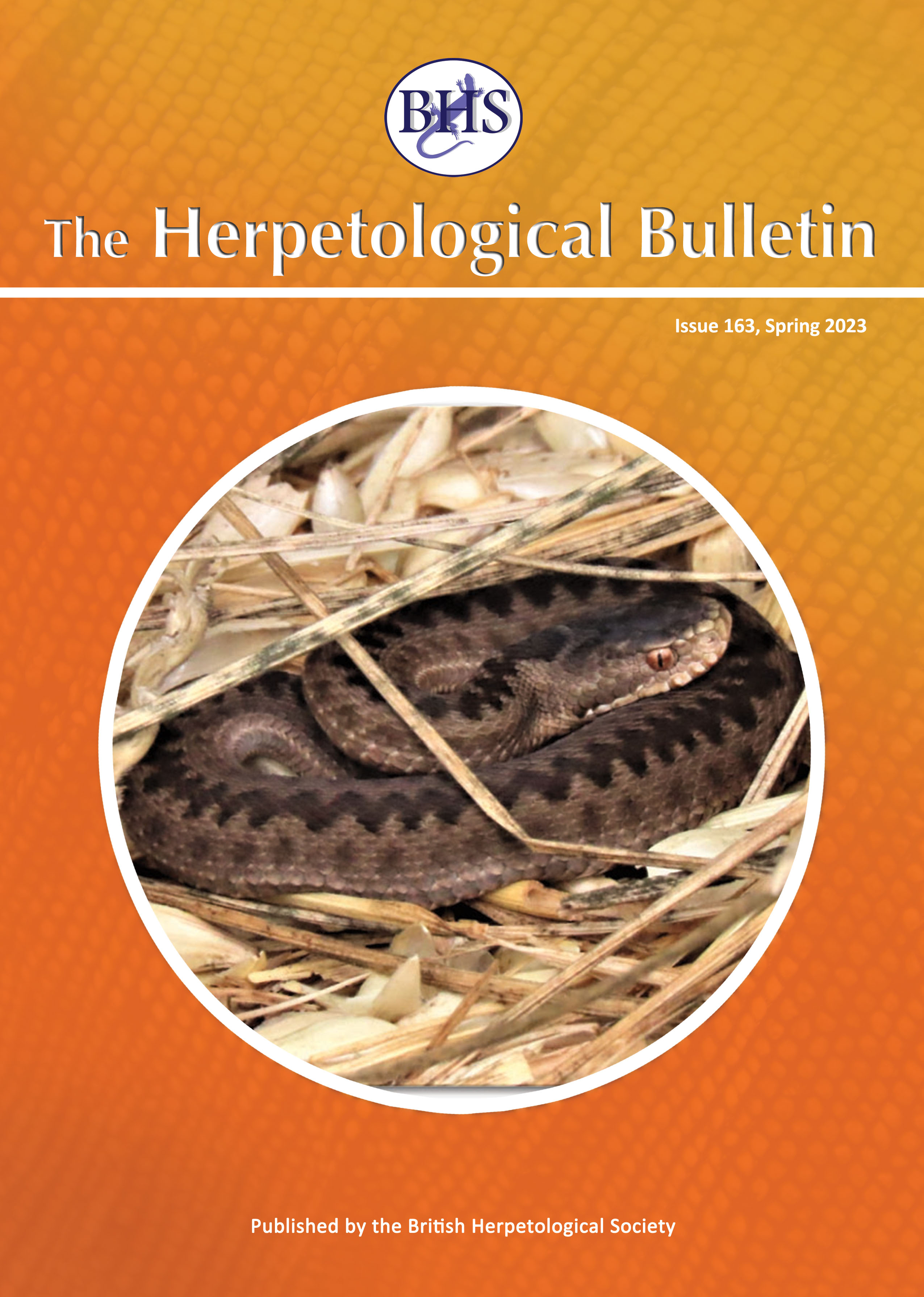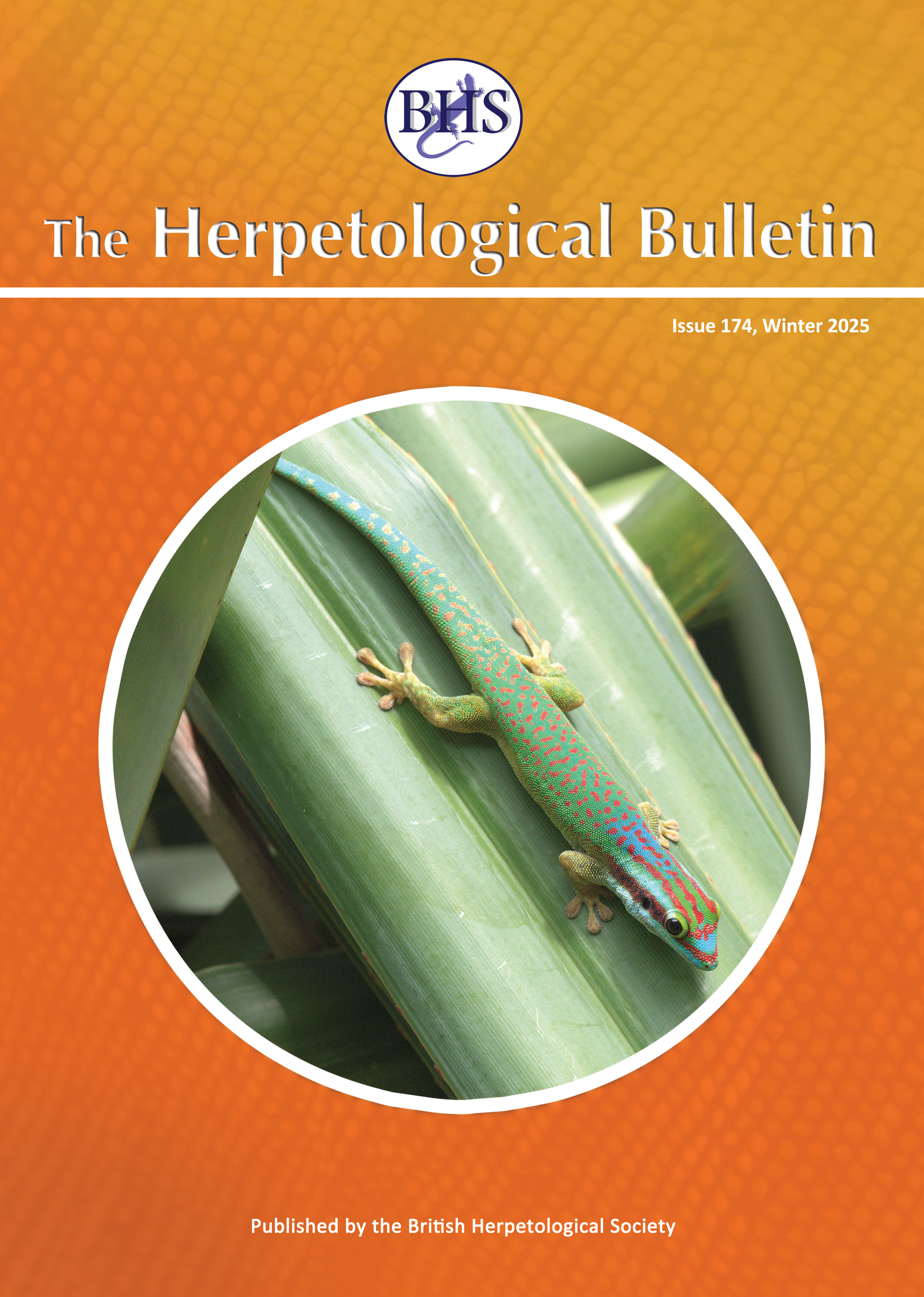
The Herpetological Bulletin
The Herpetological Bulletin is a quarterly publication in English. It includes full-length papers, natural history notes, book reviews, and other items of general herpetological interest. Emphasis is placed on natural history and conservation as well as captive care that includes breeding, husbandry, veterinary, and behavioural aspects.


